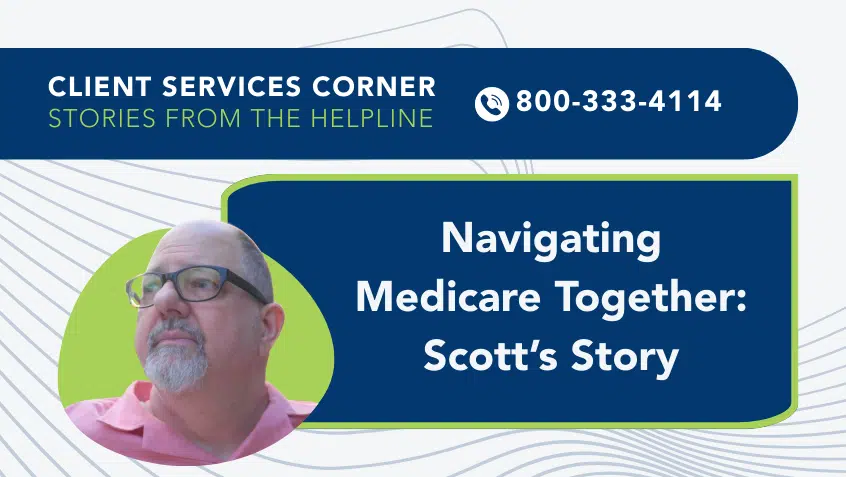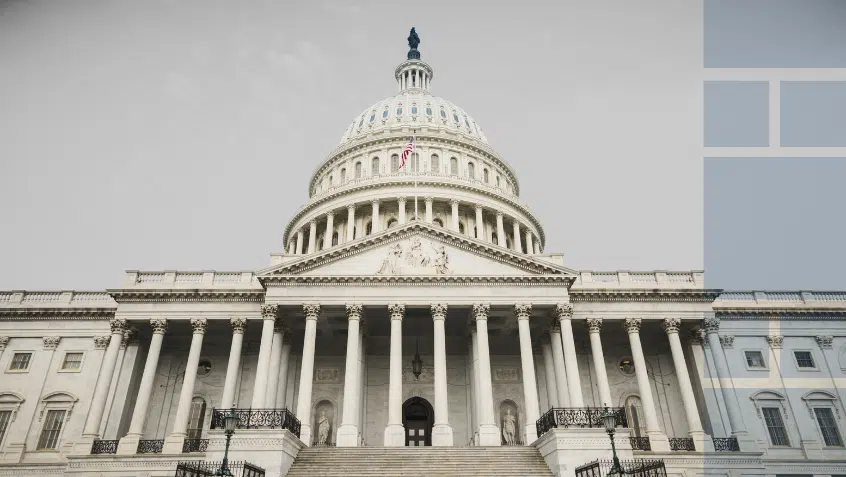Join Us Live for a Discussion on Medicare, Democracy, and the Future of Health Care
New Reports Examine the Impact of Medicare Advantage Advertising

Two new KFF research reports capture the prolific—and often problematic—nature of Medicare Advantage (MA) television advertisements during Medicare’s fall open enrollment period, as well as the impact of such marketing practices on beneficiaries. Yesterday, Medicare Rights joined KFF to discuss this important topic, including potential solutions for some of the identified problems. This week, we examine the first report, How Health Insurers and Brokers Are Marketing Medicare. We will continue our analysis with the second report, What Do People with Medicare Think About the Role of Marketing, Shopping for Medicare Options, and Their Coverage?, in next week’s Medicare Watch.
The open enrollment period for MA and Part D runs from October 15 through December 7 each year. Beginning October 1, insurers, brokers, and other third-party entities can begin marketing their plans, including through television ads. In advance of this year’s ad blitz, KFF reviewed television spots that aired last fall, examining plan marketing strategies in depth. Key takeaways include:
MA ads were common during the annual enrollment period.
- TV airways were flooded with ads for Medicare plans. There were 643,852 airings of English-language Medicare ads run on broadcast television and national cable between October 1, 2022, and December 7, 2022, an average of more than 9,500 airings per day. This is more than were seen for any individual Healthcare.gov open enrollment period between 2013 and 2018. Most—four of every five ads—were sponsored by health insurers, with the remaining sponsored by brokers and other third-party entities, such as marketing companies. Some TV ads used celebrity endorsements to promote MA.Joe Namath was featured more often than any other celebrity, appearing in nearly 10% of all MA ads.
Many MA ads were misleading or confusing by design.
- Ads often implied Medicare’s endorsement. Over 27% of ads included a government-issued Medicare card or image that resembled it, and 16% urged viewers to call a privately-run phone line described as a “Medicare” hotline. Importantly, new rules that take effect before this year’s open enrollment period should help prevent this, by prohibiting the misleading use of the Medicare name, logo, or card in private marketing and communication materials.
- Other ads used language to suggest viewers were “missing out” on benefits they were “entitled to,” or receiving incomplete coverage under OM. Such framing can give viewers with OM the incorrect impression they need to take action, have inadequate coverage, or have overlooked a necessary enrollment step.
- Medicare Advantage ad airings often featured active “enrollees” engaged in physical activities (26%) but few (less than 5%) showed people who appeared to have a serious health problem or visible disability. This may represent an effort by insurers to target people in good health, but it fails to mirror the demographics of the Medicare population: One-fifth (22%) of Medicare beneficiaries are in fair or poor self-reported health, and more than one-quarter (28%) have at least one functional impairment.
Many of the ads mentioned possible benefits of MA, but none of the trade-offs.
- Most ads (92%) emphasized supplemental benefits, such as dental, vision, and hearing care. However, not all benefits are available to all enrollees, which can get lost in a commercial. The lack of data about supplemental benefit usage and access means plan promises could be largely empty. Notably, services that may appeal to people in poorer health—including allowances for food or grocery spending (20%), transportation services (20%), and meals (10%)—were marketed much less often than others. As with depictions of physically active plan members this may represent an effort to attract lower-cost, healthier enrollees.
- The majority of ads (85%) touted lower out-of-pocket spending, such as $0 co-pays, no additional premiums, or reductions to the standard Part B premium. These ads may also imply a benefit is more available than it is. For example, in 2023, Part B rebates were offered by just 17% of plans, with an even smaller share of enrollees (10%) having access. New CMS rules now prohibit marketing of benefits that are not available in the service area where the ad is aired, with an exception for regional ads. This change may improve marketing accuracy, but additional unbiased consumer education, outreach, and enrollment assistance is still needed.
- Ads rarely mentioned Original Medicare, or the potential limitations of MA coverage. MA-specific features,such as limited and ever-shifting provider networks or prior authorization requirements, were absent from the ads, leaving beneficiaries with an incomplete view of their coverage options and the tradeoffs among them.
The KFF reports come as MA is becoming more complex for beneficiaries, more costly for Medicare, and more lucrative for insurers. Critically, these dynamics are interdependent. Fueled by surging profits, seemingly endless numbers of MA plans are coming to market: In 2023, beneficiaries had access to 43 MA plans, more than ever before. MA enrollment is also climbing, in part due to increased advertising by plans and brokers. Such ads often feature “extra” benefits not available to people with Original Medicare (OM), like dental coverage and gym memberships. The MA overpayments that help fund these heavily marketed services are also on the rise, worsening concerns about MA efficiency, Medicare sustainability, and parity between OM and MA. Troublingly, many of the ads are misleading and aggressive. Beneficiary marketing complaints grew sharply in recent years, leading to heightened attention from policymakers, including new rules that will apply to plan and third-party marketers during the upcoming Medicare open enrollment period. Medicare Rights welcomes these regulatory updates and will remain vigilant during the open enrollment period and beyond to ensure successful implementation. We will continue to urge Congress and CMS to more fully protect people with Medicare through further reforms, including setting and enforcing standards for the marketing of supplemental benefits, restoring recently weakened consumer protections, boosting plan oversight, filling gaps in marketing rules, and providing adequate funding for unbiased beneficiary education, including State Health Insurance Assistance Programs (SHIPs). We also urge improvements to simplify enrollment, such as BENES 2.0, and greater attention to Medigap restrictions as well as inaccurate provider directories and mid-year network changes that may leave MA enrollees without access to care and their providers of choice.
Show Comments
We welcome thoughtful, respectful discussion on our website. To maintain a safe and constructive environment, comments that include profanity or violent, threatening language will be hidden. We may ban commentors who repeatedly cross these guidelines.
Help Us Protect & Strengthen Medicare
Donate today and make a lasting impact
More than 67 million people rely on Medicare—but many still face barriers to the care they need. With your support, we provide free, unbiased help to people navigating Medicare and work across the country with federal and state advocates to protect Medicare’s future and address the needs of those it serves.
The Latest
Most Read
Add Medicare to Your Inbox
Sign up to receive Medicare news, policy developments, and other useful updates from the Medicare Rights.
View this profile on InstagramMedicare Rights Center (@medicarerights) • Instagram photos and videos









